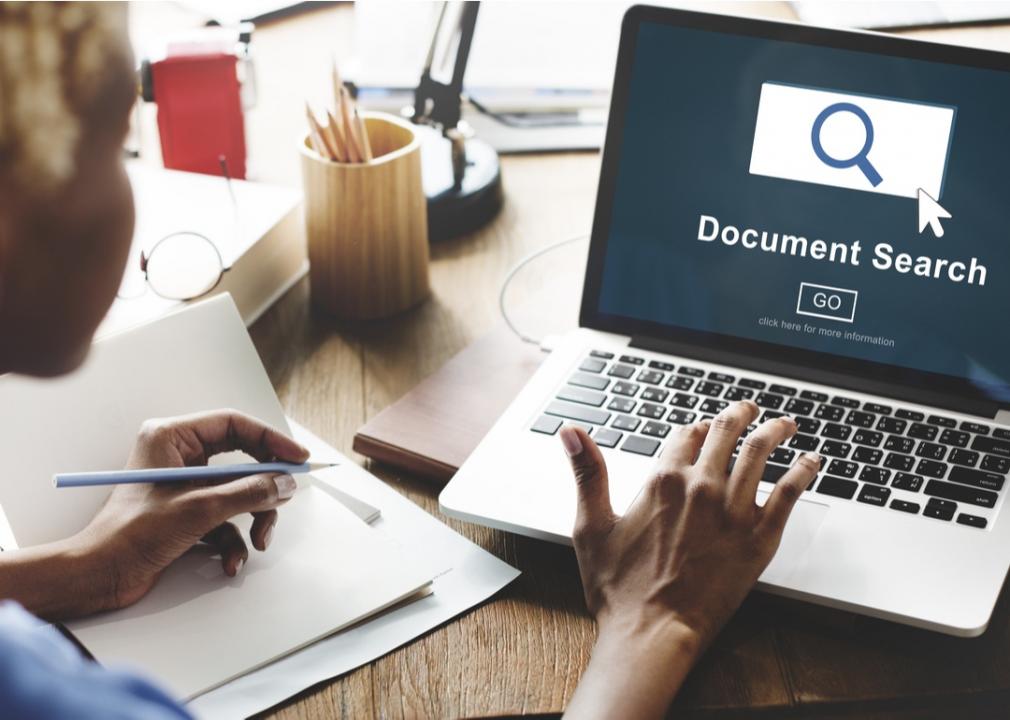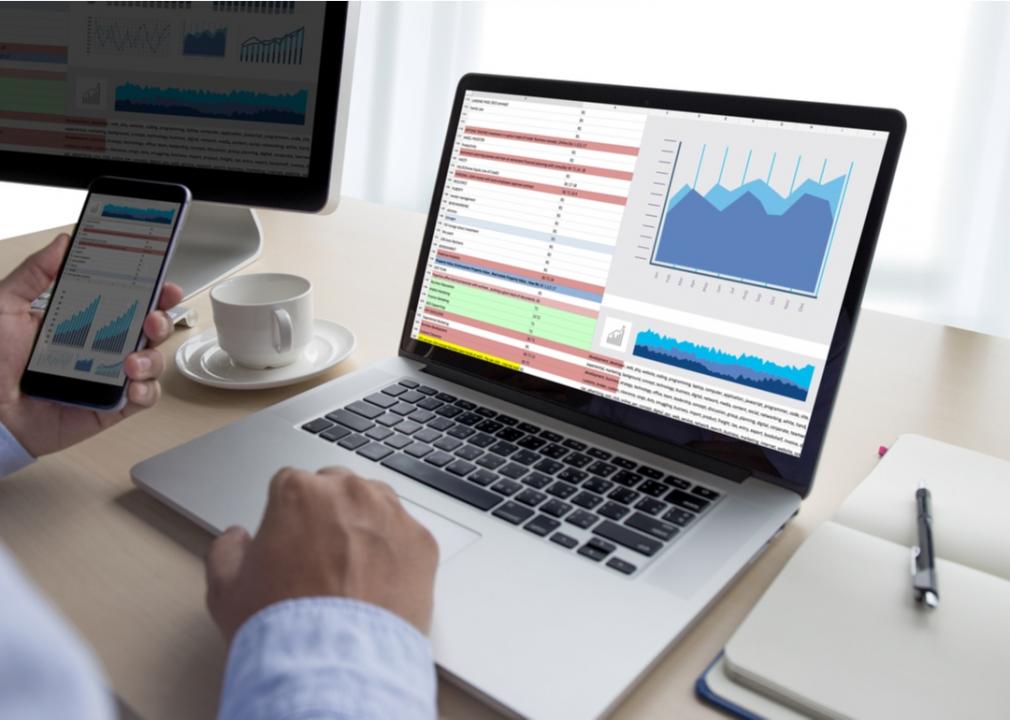Seven reasons data is important in law
Canva
Seven reasons data is important in law
Today is the dawn of a new day in the world of legal documentation. Instead of rooms full of dusty books, more and more legal proceedings are being digitized using scanners with optical character recognition (OCR) software. That means legal professionals suddenly have mountains of data just waiting to be analyzed, with powerful analytical software just waiting to get the job done. They may employ ediscovery software, document scanners, predictive algorithms, and more in order to leverage all the available data.
Consulting legal journals and publications, Zapproved identified seven ways data is transforming the legal field, and the way it’s changing how law departments approach litigation. This includes everything from reviewing documents to predicting how a particular judge may rule on a case, making for an entire top-to-bottom renovation of how all law is practiced. The overall results bode well for those who spend the time to learn about this new way of doing business.
This story follows how data is changing the body of case law and how attorneys can predict case outcomes. If there’s one major takeaway here, it’s that the attorneys who ignore the rise of big data do so at their own peril.
![]()
DmitryStock // Shutterstock
Digitization of historical case data
Yes, you can still go to the law library and have a seat for entire days at a time while you comb through massive volumes of case law. But today, more and more historical cases are digitized into PDF or OCR format. To do this, archivists must run stacks of documents through scanners. What results are reams and reams of searchable documents, accessible to anyone with determination or a LexisNexis subscription. This makes research much easier, faster, and more equitable.
Rawpixel.com // Shutterstock
Support firm profitability
Data is a huge asset that you’re probably gathering without even realizing it. People who work in sales are already great at leveraging data using special software called customer relationship managers (CRMs). Attorneys and other legal professionals have an opportunity to do the exact same thing, identifying trends and streamlining processes.
Canva
Parse large datasets in the discovery process
In legal movies and TV shows, there’s almost always a scene where one side’s attorneys blanket the other’s with a roomful of file boxes full of discovery. In real life, the same process that brings historical case data online can speed through the discovery process. Yes, scanning boxes of papers is still a tedious task, but what results from OCR scanning is searchable and much easier to browse. That’s especially true for data disclosed during discovery, which can be scanned and parsed and turned into meaningful pivot tables and other kinds of digestible takeaways. Manual data entry may just become a thing of the past.
Canva
Securing evidence through metadata
The idea of securing evidence through metadata has roots that date back a couple of decades at least, with the advent of video and still cameras that note the day’s date in the frame. Now, we’re surrounded by metadata from a whole universe of devices and software. Think about what seems like a simple Word document with a company’s official policy about something or other. That document has a complete history built in of everyone’s computer who’s worked on the document. It also includes every letter typed by every user, the changes people made together, and what was added or subtracted over time.
Canva
Automating document processing
Many legal professionals already use some automated document processing—billing software is a key example. Documents that you standardize before you send them are likely to come back in a predictable, easily data-scannable format. Legal documents are so heavily templated that they can be scanned by the stackful to identify who’s winning cases. It’s also true that internal documentation can help you monitor who’s doing which work, whose clients pay on time, and who’s billing out the most hours.
Canva
Streamlining trial costs
Think of a legal proceeding where most of the evidence is in the format of long, heavy reports from a group like the Environmental Protection Agency. Today, it’s simple to at least make a start by scanning paper reports or using existing PDFs. That action alone replaces a group of helpers who are making copies, doing data entry, and trying to ensure there are no human errors introduced in the process. What results is a sleeker process that saves work hours while delivering cleaner, more usable data.
one photo // Shutterstock
Predicting the success of a case
Just like scientists, legal professionals have begun to use data analytics to predict the outcome of their experiments—ahem, their trials. This is done by running simulations that use the existing arguments and evidence to give likelihoods of success, for example. Software can comb discovery for key words and other weighted concepts, then assemble that into an overall model of what the case is like. From there, attorneys can compile the available data analytics into a readable, understandable format. General Counsel can consider their likelihood of success and make an informed decision long before anyone enters the courtroom.
This story originally appeared on Zapproved
and was produced and distributed in partnership with Stacker Studio.







